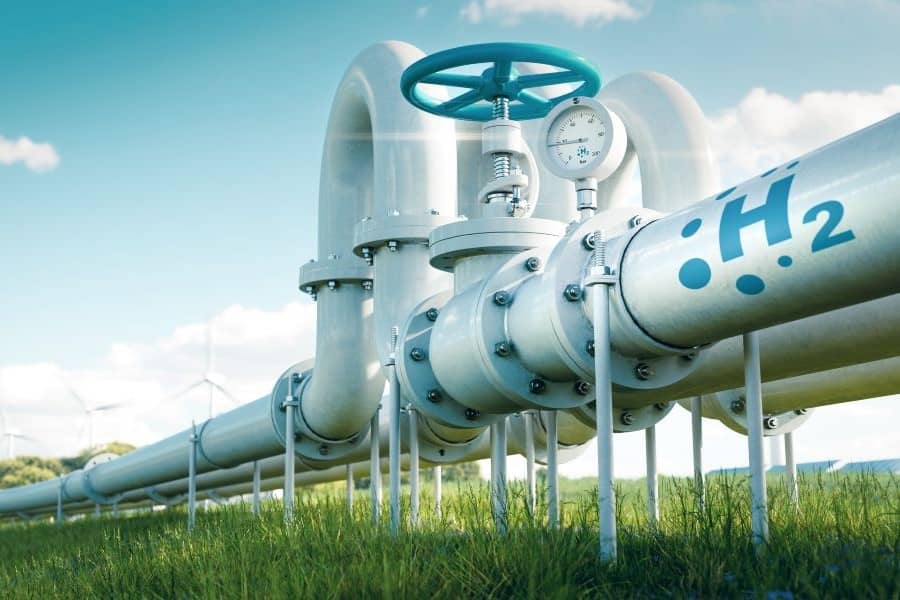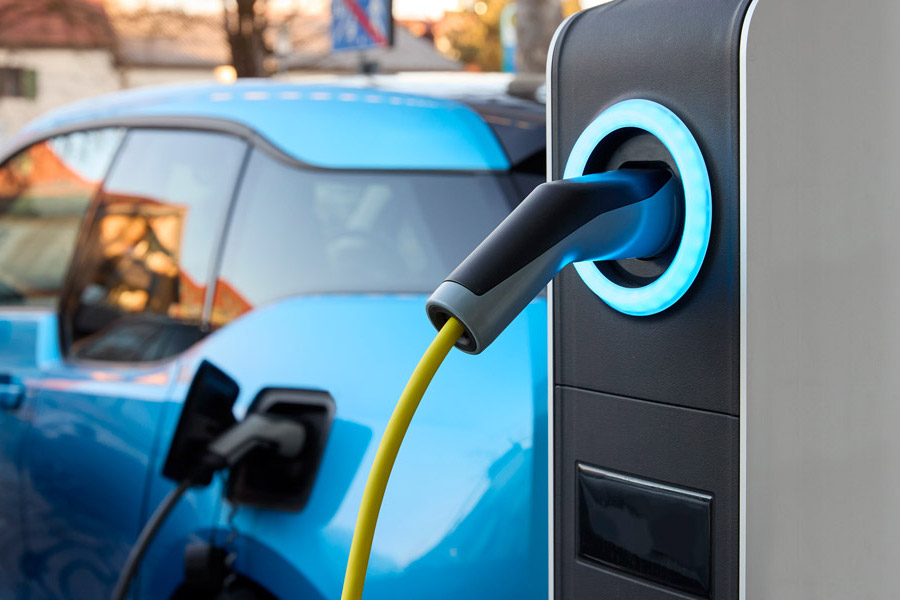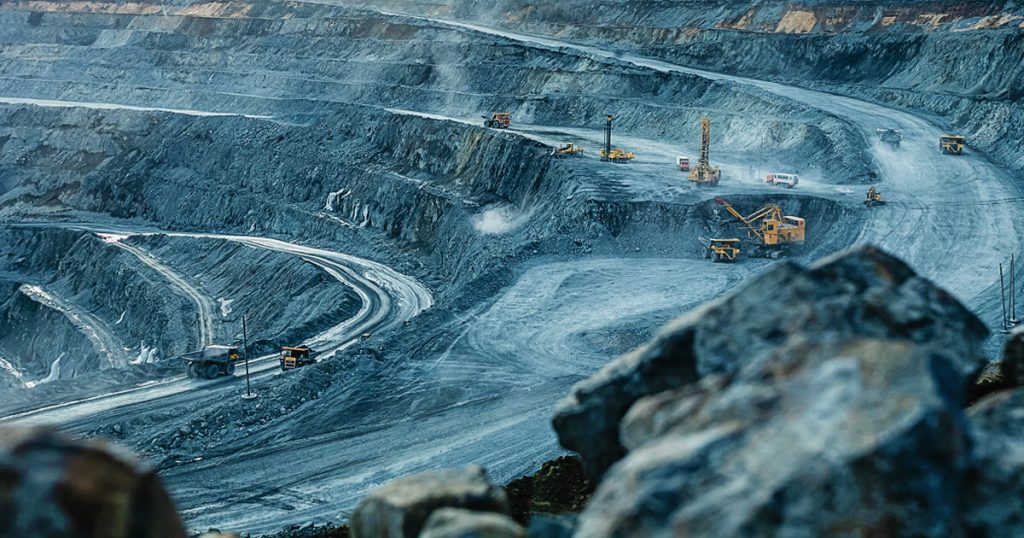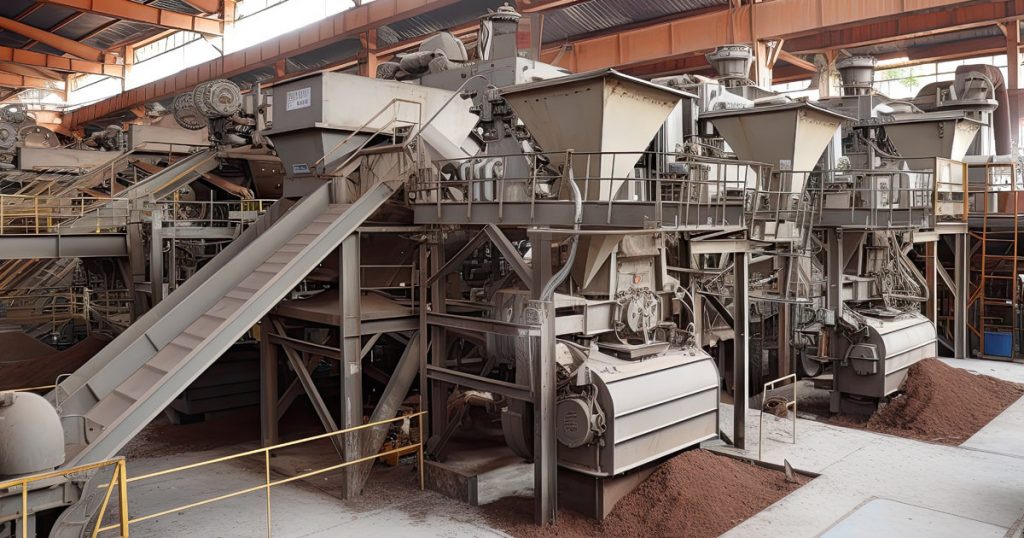This Scarce Raw Material Could Threaten the Expansion of the Hydrogen Economy
September 2023 | News
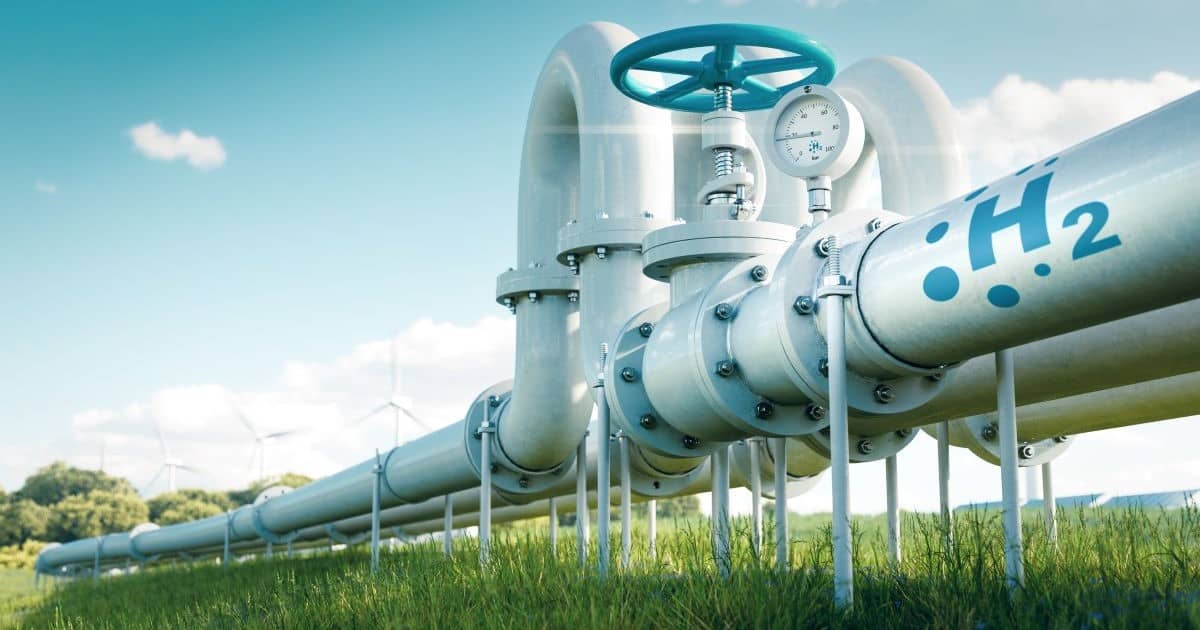
Credit: iStock/Petmal
Green hydrogen is supposed to make industry and transportation more climate-friendly as part of the energy transition. The German Federal Ministry of Research even touts hydrogen as “the oil of tomorrow”. But there’s a catch: a looming shortage of the rare platinum-group metal iridium, an important raw material used in hydrogen production.
The energy transition is facing a new challenge: a shortage of the platinum-group metal iridium, which could put the brakes on the expansion of hydrogen production. Iridium plays a central role in chemical electrolysis, an essential step in the production of green hydrogen. Experts are warning of possible supply bottlenecks and encouraging more research into alternative raw materials and technologies.
Hydrogen as the Energy Source of the Future
Electrolyzers are a key component in green hydrogen production, as they split water into oxygen and hydrogen. If electricity from renewable sources is used in this energy-intensive process, the product is referred to as green hydrogen. There are now various forms of electrolysis. One of them is proton exchange membrane (PEM) electrolysis, which copes well with dynamic changes in energy inputs between standby and operation under full load. This is an important factor in the production of renewable energy from wind and solar. The anode where the oxidation occurs in the PEM electrolyzer is coated with iridium. Philipp Goetzl-Mamba, a TRADIUM precious metals expert, says iridium has a powerful catalytic effect and increases the efficiency of splitting water. In the long term, the rising demand for green hydrogen could significantly increase demand for the metal.
Big Plans for Hydrogen Run Up Against Critical Raw Material Supply
The European Union has set ambitious targets for the production of green hydrogen. The EU wants ten million tons of it to be produced annually by 2030, which will require an estimated electrolysis capacity of 40 gigawatts. Goetzl-Mamba estimates that 300 to 400 kilograms of iridium are needed for each gigawatt of PEM electrolysis capacity. He cautions that the annual production of only eight tons, mainly extracted in South Africa, won’t be sufficient to meet this demand. Even if all the iridium mined worldwide were used for electrolysis, the total output would only be 20 to 27 gigawatts.
New Technologies and Recycling in Development for the Long Term
The potential iridium shortage is casting a shadow over the planned energy turnaround. It could cause prices of the raw material to rise and consequently drive up the cost of hydrogen production. But as things stand, the platinum-group metal is indispensable to electrolysis, which is why the industry is looking for innovative solutions such as electrolysis technologies that use lower amounts of iridium. In addition, recycling will become much more important, predicts Goetzl-Mamba. For this to happen, however, several logistical, economic, and technological challenges must be addressed.
You can find more expert opinions on platinum group metals by Philipp Goetzl-Mamba on the industry portal rawmaterials.net. In the column Spotlight on Precious Metals, he regularly provides insights into the development of the precious metals markets.
